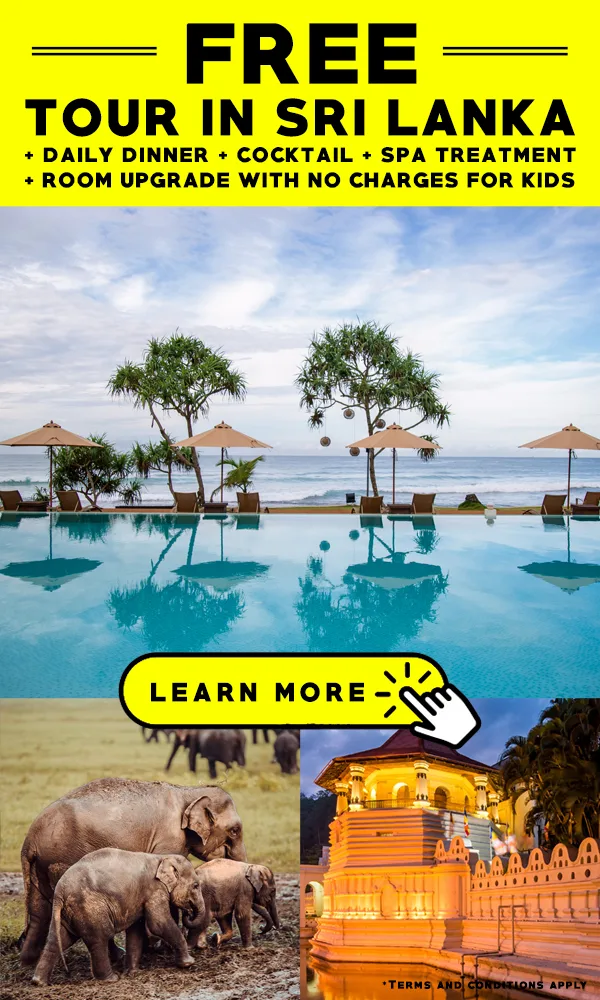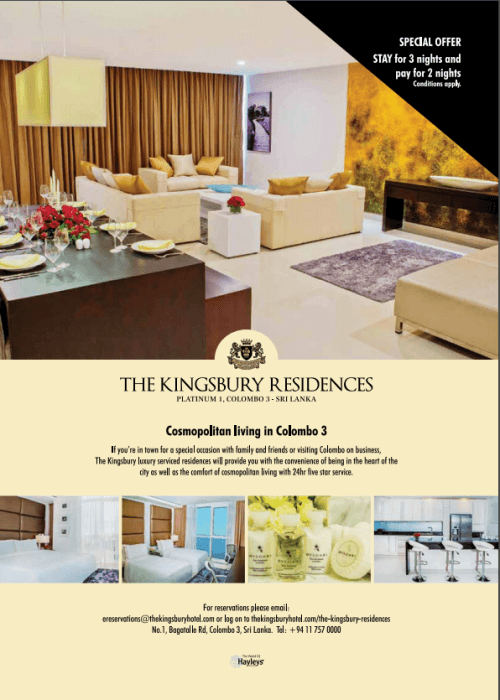People in Sri Lanka
A 30-year civil war between the Sinhalese and Tamils in Sri Lanka ended in 2009 when the Liberation Tigers of Tamil Eelam were defeated by the Sri Lankan military. Sri Lanka is now the only South Asian country rated “high” on the Human Development Index.
Sri Lankans are mostly producers of tea, coffee, coconut, rubber, cinnamon and gemstones. The 20 million-strong population comprises of a fascinating mix of ethnicities, ranging from the Sinhalese, Sri Lankan Tamils, Sri Lankan Moors to the Tamils from India who came to work on local plantations, as well as small ethnic groups like the Burghers (of mixed European descent), Malays from Southeast Asia and the indigenous Vedda people.
Languages in Sri Lanka
The two official languages of Sri Lanka are Sinhala and Tamil. Signs are written in both languages, with Sinhala taking a rounder, more cursive shape.
English is the link language by Constitution, used in educational, scientific and commercial contexts, especially common in Colombo, Kandy and Galle. English speaking Sri Lankans are mostly found in touristy areas, and far less so in rural villages. The Burgher community speaks different forms of Portuguese Creole and Dutch, while the Malays speak a unique variant of Creole Malay.
Design & Architecture
Ancient Sri Lankan architecture are vestiges of the country’s rich history. Impressive cave temples like the Kaludiya Pokuna Mihintale built of stone and feature carved roofs. Dagobas or stupas that enshrine Buddhist relics, such as Jetavanarama and Mirisaveti, are admired for their stable form and structural perfection.
Colonial government buildings feature Classic Renaissance or Neo-Classic Styles. While few buildings from the Portuguese era remain, many from the Dutch rule, like the old town of Galle – a UNESCO World Heritage Site that was fortified by the Dutch in 1663, stand along the Sri Lankan coastline. The British influence can be observed in various parts of Colombo.
The 60s, 70s and 80s ushered in a Tropical Modernist style, led by architects like Geoffrey Bawa, who had a far-reaching influence on the design and construction of Sri Lankan’s homes and commercial buildings. Clean lines and space fused elements from older Sri Lankan influences like terra-cotta-tiled roofs and reflecting pools, to create a modern Sri Lankan aesthetic.
Postmodernism is present in monuments like the Nelum Pokuna Mahinda Rajapaksa Theatre in Colombo. These incorporate historical landscape design features and cultural elements as signifiers of heritage. Sustainable green architecture has also taken root in Sri Lanka. The 186 metre-tall Clear Point Residences, expected to be the tallest vertical garden in the world, harvests rainwater and recycled water from the bathroom with a Drip Irrigation system to water plants.
Cultural & Legal Restrictions
Most Sri Lankans follow the Theravada school of Buddhism, with majority of Buddhists Sinhalese. Hindus, mostly Tamils outside West Sri Lanka, are the second largest religious group. Islam and Christianity are also practised by some.
These diverse cultures inevitably lead to a complex Sri Lankan legal system. Criminal and Basic Civil law systems are colonial, while family law is largely communal; customary laws of the Sinhalese and Sri Lankan Tamils, as well as Sharia law are also invoked in special cases.
Visitors are advised to abide by common cultural etiquette when interacting with Sri Lankan locals. People are generally reserved and large emotional displays of any sort are not common in public. Greetings are often marked by physical instead of vocal cues, with broad smiles or a friendly raised eyebrow. Religion, race, cricket and politics are sensitive topics that should be avoided in conversation – particularly the Sinhalese-Tamil divide and the civil war that ravaged the country with bloodshed on both sides.
Conservative attire is encouraged, especially in places of worship. Public nudity is illegal, except in private beach resorts that allow nude or topless sunbathing in Sri Lanka. Public displays of affection like kissing and hugging are mainly seen as private behaviour, unless at adult-friendly establishments and nightspots. Religious tattoos are frowned upon and should be covered up at all times.
Buddhist monks are revered by Sri Lankans. Be mindful that touching or patting the tops of their heads is strictly disallowed. The same reverence is extended to Buddhist statues and turning your back to a statue of Buddha is considered disrespectful – even when taking photos.


